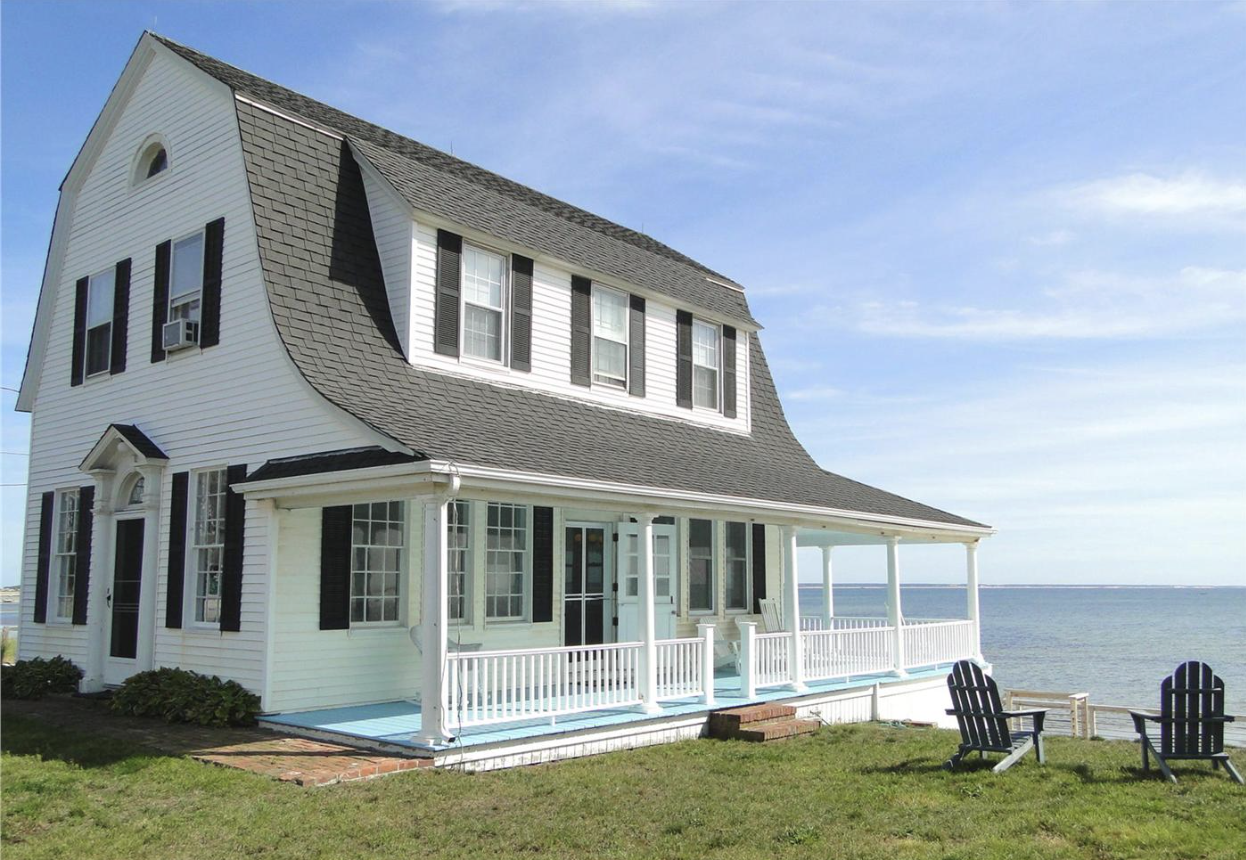Provincetown’s Enduring Allure, Part III: Architecture by the Sea: What Makes Provincetown Design So Distinct
Provincetown’s architecture tells a story—one shaped by salt air, sweeping tides, and centuries of artistry rooted in both resilience and imagination. Walk down Commercial Street or explore the winding side lanes that tumble toward the harbor, and you’ll witness more than homes—you’ll see history framed in weathered shingles, hand-hewn beams, and crisp white trim that catches the morning light.
The Soul of Provincetown Design
A single style does not easily define Provincetown architecture—it’s a dialogue between the old and the new, the rugged and the refined. At its core lies the Cape Cod vernacular: simple, functional structures built to withstand the wind, sea spray, and the passage of time. This style emerged from early colonial homes—low to the ground, framed in wood, and topped with steeply pitched roofs. Originally constructed with practicality in mind, these houses have evolved while still maintaining their essence.
What makes the design language of Provincetown so distinct is the way this vernacular continues to evolve. Artists, architects, and builders here honor tradition but aren’t afraid to reinterpret it. This balance of preservation and progress gives Provincetown its visual and emotional rhythm.
A Nautical Heritage, Built Into the Frame
Much of Provincetown’s architectural identity is drawn from its seafaring past. Look closely, and you’ll notice how nautical themes surface in the smallest of details—rope railings, transom windows, porthole-inspired fixtures, and crow’s nest decks that mimic the lookout towers of old schooners.
Homes are often clad in cedar shingles, left untreated to weather into a soft, silvery gray, like driftwood polished by decades at sea. Painted shutters in maritime hues—deep navy, seafoam green, and stormy gray—frame windows that once would have kept watch for returning fishing boats.
The Modern Coastal Aesthetic
While the charm of classic shingled cottages still reigns, modern interpretations of coastal design are also flourishing. Today’s Provincetown homes reflect a careful blend: open floor plans with walls of glass that let the ocean breeze flow freely, natural wood ceilings that echo the surrounding dunes, and thoughtful trim work that adds subtle elegance without distraction.
Contemporary designs often emphasize indoor-outdoor living—a nod to the town’s artistic spirit and natural beauty. Wide porches, rooftop decks, and minimalist landscaping provide a seamless connection to the sea and sky. The architecture invites you to slow down, breathe deeply, and become part of the landscape.
Trim, Texture, and the Patina of Place
One of the most defining features of Provincetown homes is their texture. From hand-cut scalloped trim to beadboard ceilings and fieldstone foundations, there is a tangible sense of craftsmanship in every element. Builders here understand the value of materials that not only endure but age gracefully.
Shingles are not just a siding—they’re a surface of memory. Rain, salt, wind, and sun give them a patina that cannot be replicated. Even newly constructed homes often incorporate reclaimed wood, antique doors, or traditional moldings to pay homage to the architectural lineage that makes Provincetown unlike anywhere else.
A Community Designed with Purpose
Architecture in Provincetown is as much about place as it is about people. Homes here are not built in isolation—they are designed to belong. Whether tucked along the dunes or nestled within the bustle of downtown, each home contributes to a collective aesthetic defined by integrity, creativity, and a deep reverence for the coastal environment.
At LaBarge Homes & Real Estate, our work honors this tradition while thoughtfully introducing new design concepts that reflect the modern lifestyle. Our development is not just about buildings—it’s about preserving and participating in Provincetown’s architectural legacy. We invite you to discover the stories written in shingles and salt air, and to see for yourself what makes this town’s design so distinct.



